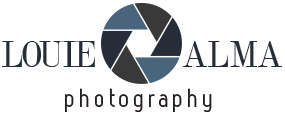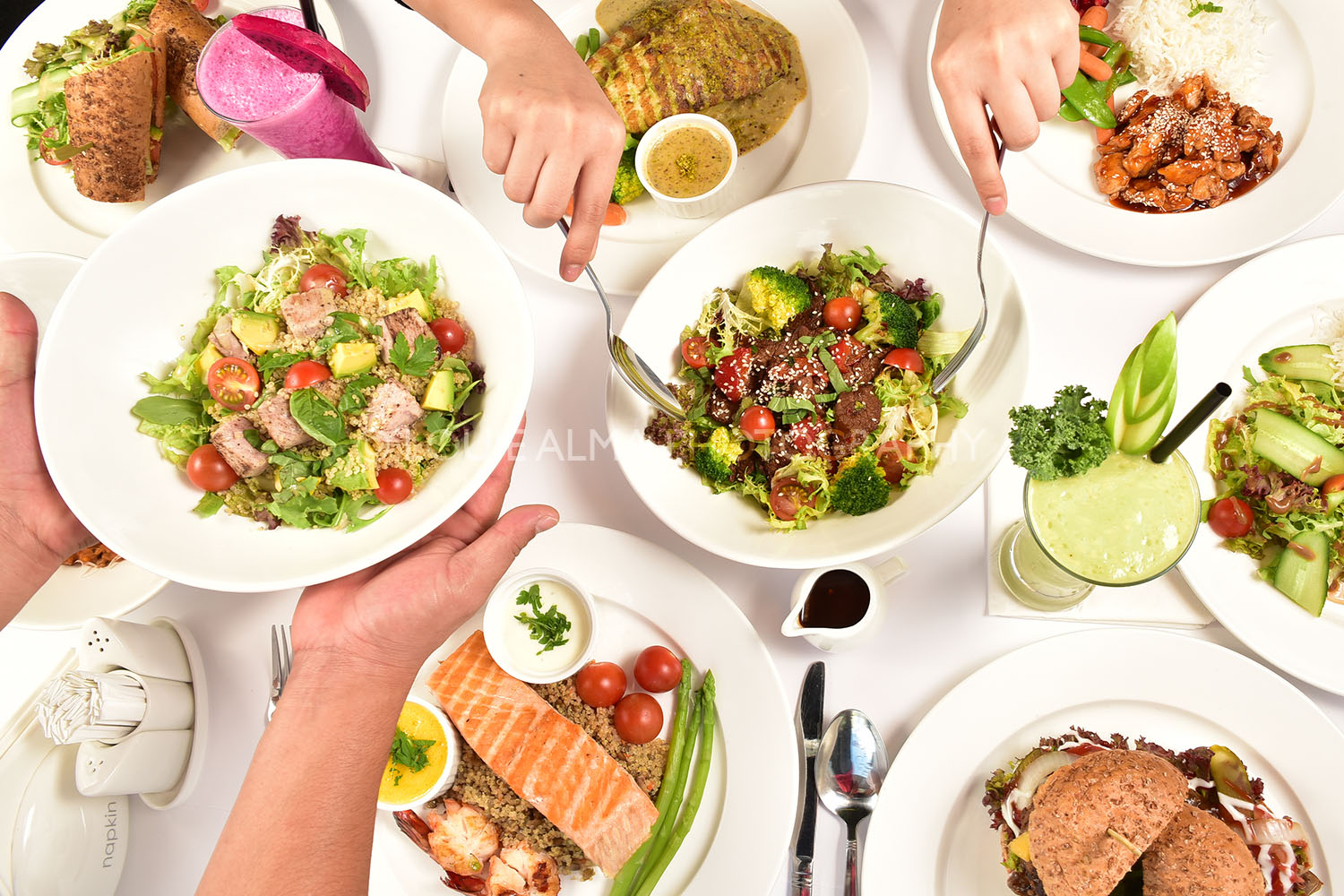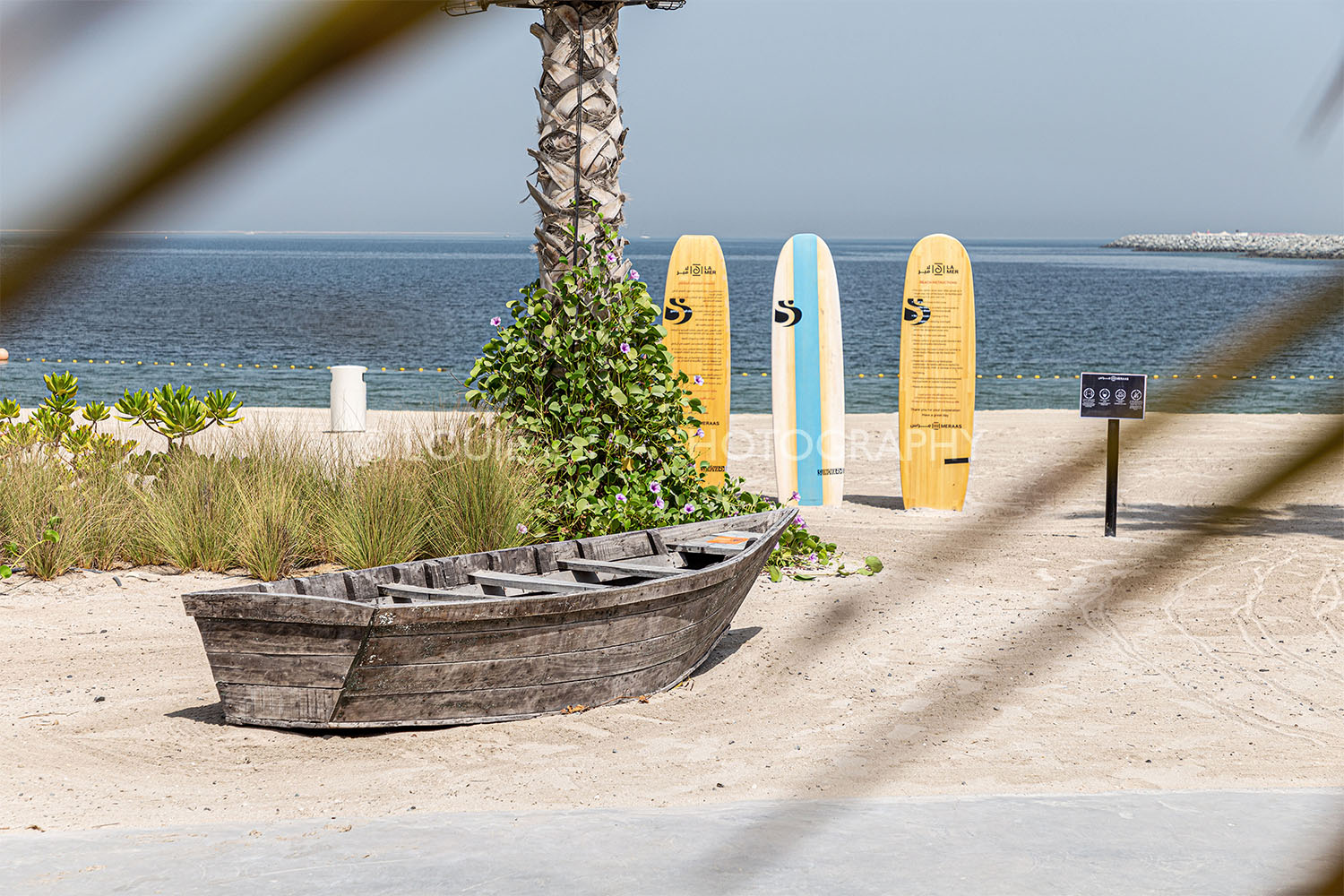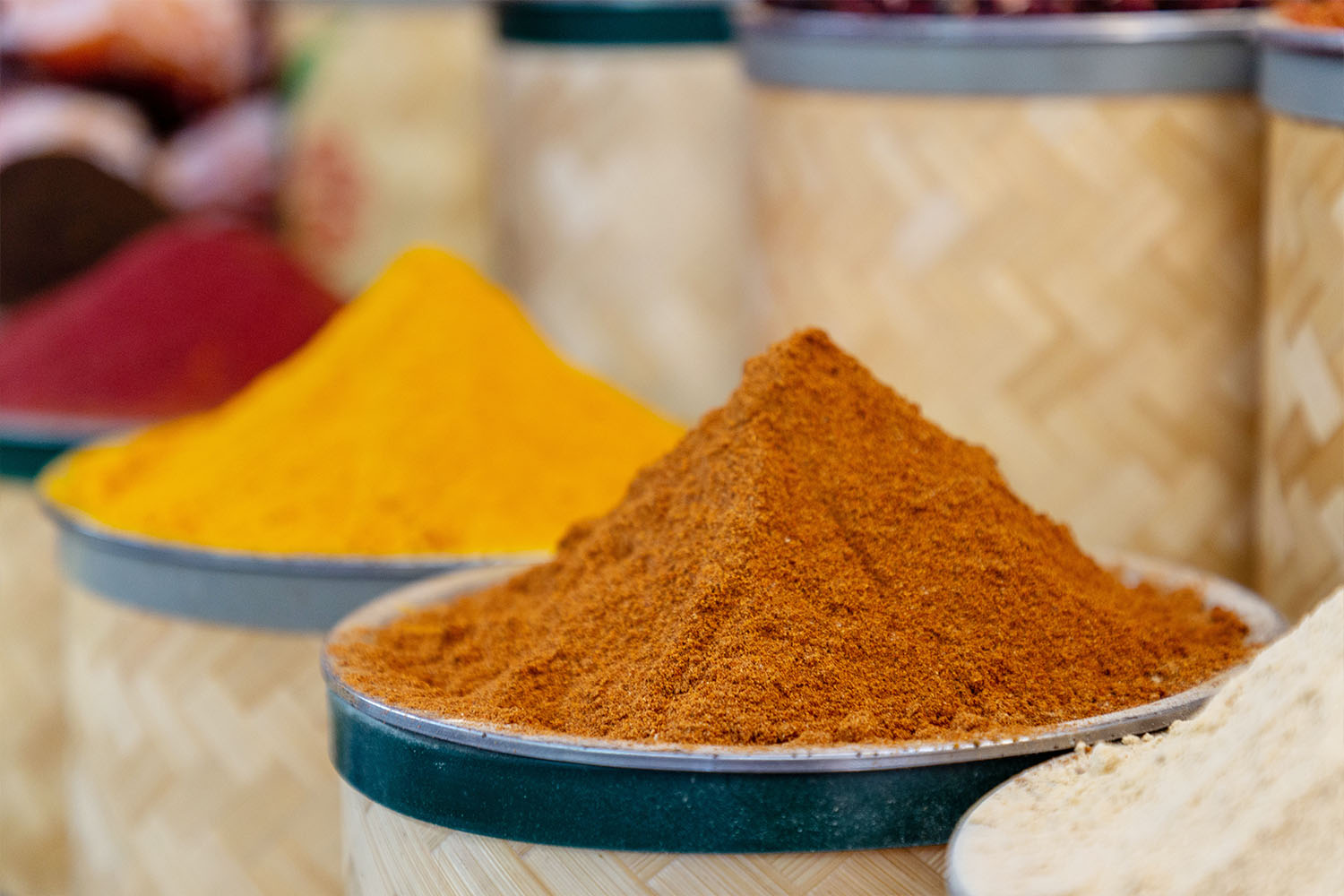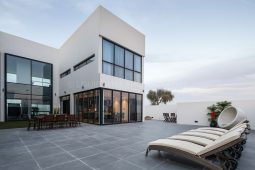A brand new feature at Future Hospitality Summit Saudi Arabia, the NextGen Investment Forum aims to inspire top leaders to come together and tackle the most pressing questions surrounding education, training, and talent retention in Saudi Arabia’s hospitality industry.
With 1 million new tourism jobs predicted by 2030, the Kingdom’s hospitality sector is facing some critical challenges. First, notable skill gaps are evident in specialised areas like hospitality management, digital competencies, and vocational training in tourism. Second, only 8.1% employed in the Saudi tourism industry are women, and third, Saudi Arabia’s youth unemployment rate remains around 16%, with limited vocational pathways in hospitality for young Saudis.

